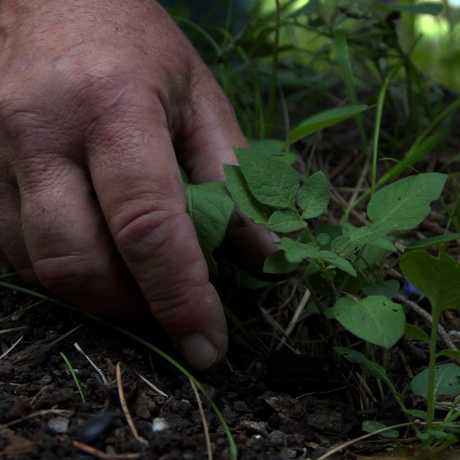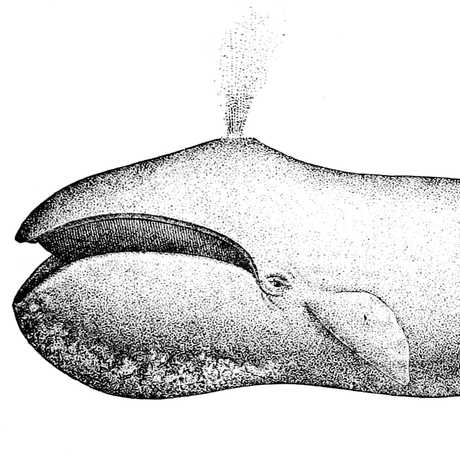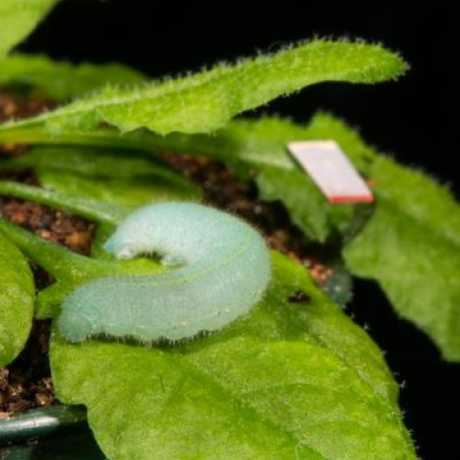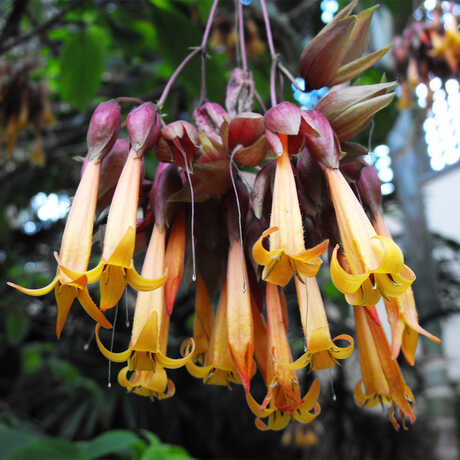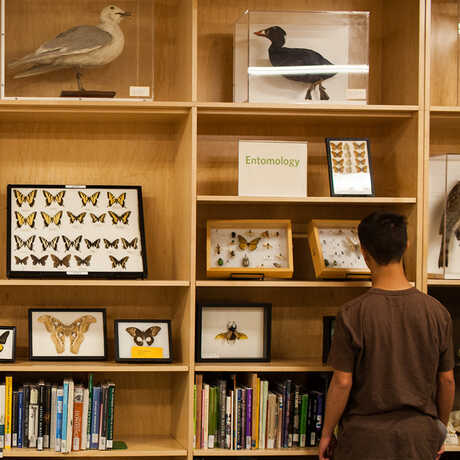Our Work
Coco de Mer
![Coco de Mer By Didier Descouens (Own work) [CC-BY-SA-3.0 (http://creativecommons.org/licenses/by-sa/3.0)], via Wikimedia Commons](https://calendar.calacademy.org/sites/default/files/styles/manual_crop_standard_960x540/public/assets/images/KW_IMAGES_DO_NOT_USE/coco_de_mer_-_bot.2007.26.21.jpg?itok=sRwd92jZ&c=acef8775e543b317c4595bf088240e69)
© Didier Descouens
This flowering palm is a plant kingdom record-holder: It boasts the largest fruit ever recorded (95 pounds), the world’s heaviest seeds (up to 40 pounds), and the largest flowers of any female palm. Reaching heights of 110 feet and topped by leaf fronds more than 30 feet long, everything the Coco de Mer does is big — big, and incredibly slow.
Native to the Seychelles Islands, the Coco de Mer takes 25 to 50 years just to reach maturity. Once mature, the palms begin to flower, creating seeds that take two years to germinate and fruit that then takes six to ten years to ripen. But there’s an upside to Coco de Mer’s slow-going ways: longevity.
“Everything about this palm is prolonged,” says Frank Almeda, senior curator of the Academy’s Botany department, “including its lifespan.” Left undisturbed by humans, fire, or pathogens, a Coco de Mer palm can continue to produce flowers and fruits for up to 800 years.
Conservation status
Once found throughout the Seychelles, the Coco de Mer is now endangered. Biologists count six remaining palm stands on the Praslin and Curieuse Islands, protected bio-reserves managed by the Marine Parks Authority of the Republic of the Seychelles. Efforts to cultivate the palm are underway, but as Almeda reports, “It’s a slow process, and not always successful under greenhouse conditions.”
What’s in a name
Before the island home of the Lodoicea maldivica was discovered in 1768, sailors—who often spotted the palms’ giant bivalve husks floating as far east as the Maldives—spoke of a legendary tree that grew at the bottom of the ocean, referring to it in French as coco de mer—“nut of the Sea.”
At the Academy
There are two Coco de Mer specimens at the Academy, gifts from a former research associate who bought them as souvenirs in the Seychelles before conservation laws restricted their export. Unlike most of the Academy’s specimens, however, these don’t qualify as research specimens. “We’d need to know the time and place each was collected,” Almeda explains, “and [we’d need] examples of the male and female stalks where the fruit was born. Without these, we can only use the specimen as a teaching device.”
Did you know
The Coco de Mer is an actual giant; among Seychelles flowering plants, it’s been identified as the “only true case of island gigantism”—an example of the biological phenomenon that often sees species confined to islands vastly out-bulk their mainland counterparts.
Botany staff work in biodiversity hot spots around the world to document the extraordinary variety of land plants and the environments in which they grow. Meet our researchers, explore projects and expeditions, and more.
